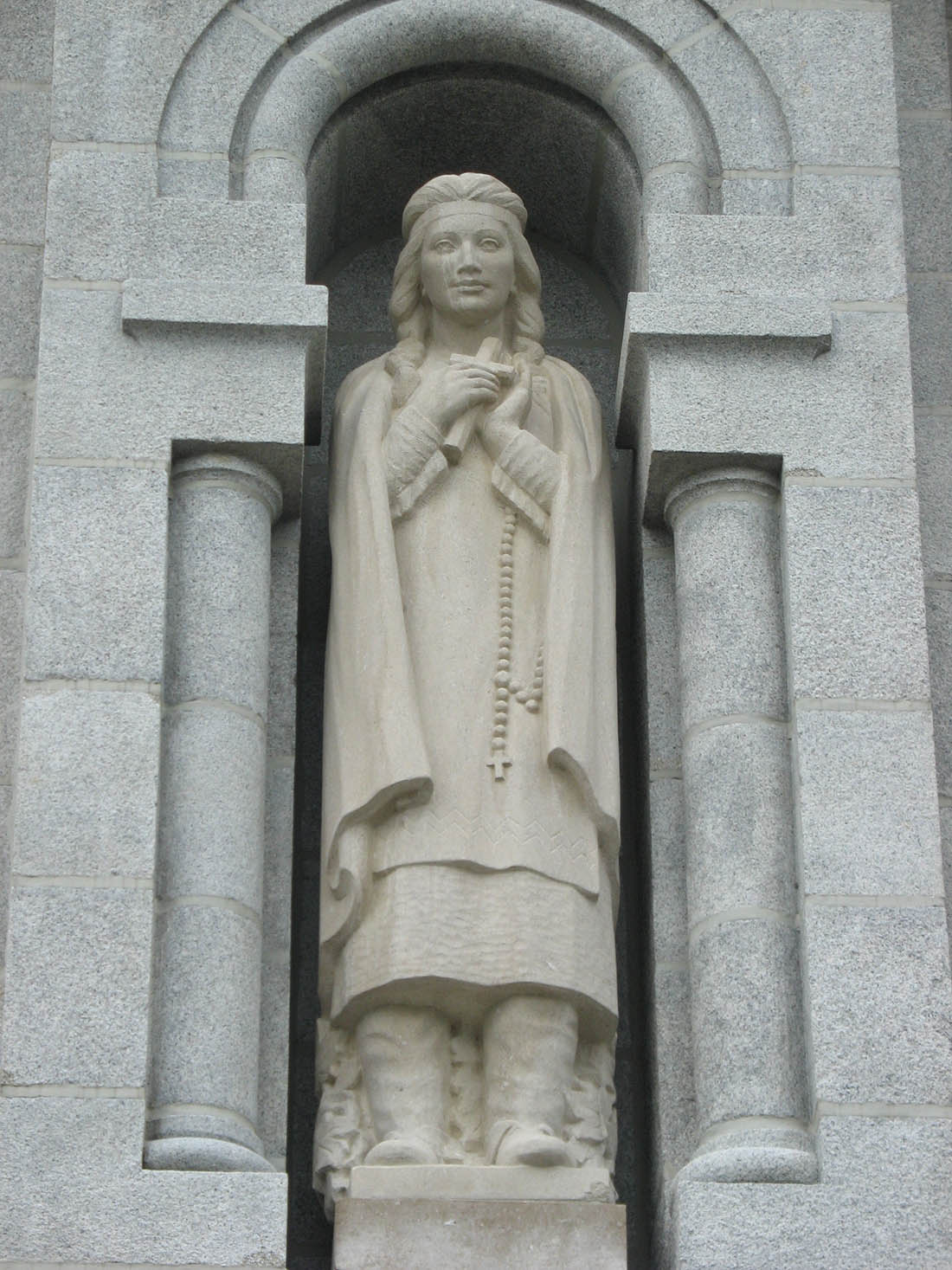Sainte-Catherine, Quebec, incorporated as a city in1973, population 17,347 (2021 census), 17,047 (2016 census). Sainte-Catherine is located approximately 25 km south of Montreal on the South Shore of the St. Lawrence River, opposite a number of St. Lawrence Seaway lift locks.
History
Sainte-Catherine was the original site of the Jesuit Haudenosaunee mission founded in 1676. The mission was later moved to Caughnawaga (now Kahnawà:ke). The name Sainte-Catherine was quite probably chosen in honour of Saint Kateri Tekakwitha. Her empty tomb is located across from the Roman Catholic church.
Development and Economy
Sainte-Catherine's was first set up as a parish municipality in 1937 under a longer version of the name, Sainte-Catherine-d'Alexandrie-de-Laprairie. The shortened version was used after its incorporation as a town. As with many suburban Montreal-area municipalities, Sainte-Catherine's development really began in the 1950s and was spurred on by the easier access given to Île de Montréal by the opening of the Mercier (1934) and Champlain (1962) bridges. Today its industrial park, well served by road, rail and port facilities, is home to a mixture of light industry.
Recreation
Sainte-Catherine is the starting point for an elaborate network of cycling paths. Récré-O-parc, a nature park and beach, is located along the St. Lawrence River and the Lachine Rapids, offering a scenic view of Île de Montreal.

 Share on Facebook
Share on Facebook Share on X
Share on X Share by Email
Share by Email Share on Google Classroom
Share on Google Classroom



